 “Ikebukuro no Mori”
“Ikebukuro no Mori”
(Ikebukuro Forest)
“Ikebukuro no Mori” (Ikebukuro Forest)
Toshima Ward’s “Ikebukuro no Mori” (Ikebukuro Forest) is located approximately 500 meters north of Ikebukuro Station and in a corner of Ikebukuro-Heiwadori Shotengai. The forest was opened in 1997 for Toshima Ward residents. The ward purchased the area where the mansion of Kinzo Shimada, one of the most famous forestry scholars in Japan and an honorary professor of the Faculty of Agriculture of the University of Tokyo, used to be and turned it into a park. Most of the trees in the park are the ones Doctor Shimada grew for his research at the time. In particular, the tulip tree in the middle of the park is said to have been imported from another country for research before this species had become more common in Japan. Four of these trees were planted in 1952, but only one still remains.
The park is often used as a walking route for neighborhood preschool children, and those who want to observe insects and frogs come to the park as well.
As a valuable natural and environmental resource in an urban area, the Shotengai aims to perform various projects and share information to nurture a fun space with the local community while preserving the ecosystem.
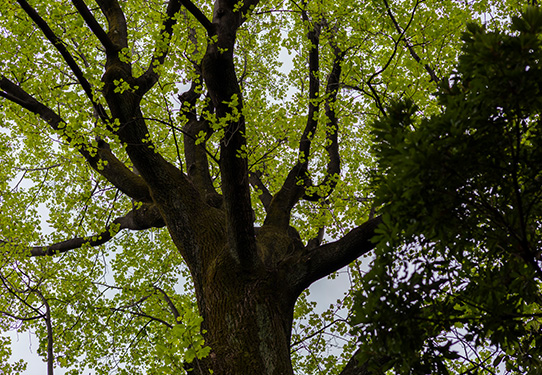

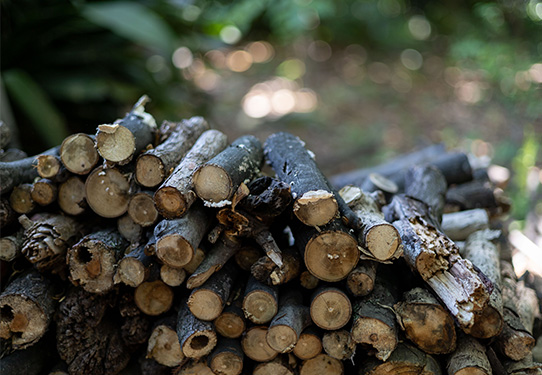
Information
- Address:1-7-10, Ikebukuro, Toshima-ku
- Hours:From April to September: 8:00a.m. - 5:00p.m. / From October to March: 9:00a.m. - 4:00p.m.
- Closures:From December 29 to January 3
- Nearest station:Ikebukuro Station (JR, Tokyo Metro, Tobu Tojo Line, Seibu Ikebukuro Line)
- Area:1,501.27 m2
- Year of opening:April 1997
Team “Ikebukuro no Mori” (Ikebukuro Forest)
It is an SNS account made by fans who are volunteers from the Ikebukuro-Heiwadori Shotengai. The shared information is related to “Ikebukuro no Mori” (Ikebukuro Forest). Information about the seasonal changes of the small forest is shared daily.
Events
Tree-planting Festival
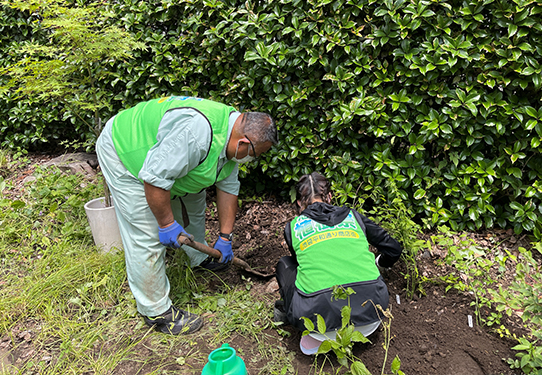
As a registered group of Toshima Green Wave, the Ikebukuro-Heiwadori Shotengai receives saplings on May 22 every year to perform the Tree-planting Festival in “Ikebukuro no Mori” (Ikebukuro Forest). May 22 is the International Day for Biological Diversity. The Green Wave is a global movement to hold events to plant trees, take care of trees, and promote access to trees as an opportunity and motivator to further understand the biological diversity. The name “Green Wave” comes from an image of a green wave covering Earth from the region where the date changes first according to the Earth’s rotation.
Mori no Cafe/Mori no Toshokan *
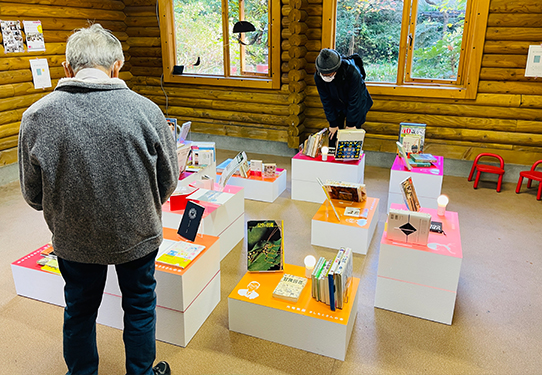
*Forest Cafe/Forest Library
In 2002, Ikebukuro-Heiwadori Shotengai was accepted for Toshima Ward’s 90th anniversary partner project to support private projects that have the theme of SDGs and planned and executed Mori no Cafe/Mori no Toshokan (Forest Cafe/Forest Library).
Mori no Toshokan (Forest Library) and Mori no Cafe (Forest Cafe) opened in the “Ikebukuro no Mori” (Ikebukuro Forest). Mori no Toshokan displays books which have been picked by store owners in the Shotengai as relevant to their job, with the books displayed in a log house. Mori no Cafe (Forest Cafe) houses tables and chairs which are not placed usually in the park. This is a project for visitors to enjoy an out-of-the-ordinary space that is located a five-minute walk from Ikebukuro Station while relaxing in the forest. We have set up Wi-Fi in the park so visitors can work remotely in the forest.
The library which displays old books picked by the Shotengai shop owners received great feedback from the visitors like “I wanted to spend more time there” and “The event should be held regularly.” This is a project that combines the appeal of “Ikebukuro no Mori” (Ikebukuro Forest) and the Shotengai, and we intend to develop the project in various shapes and forms.
Ikebukuro Montparnasse Circulating Museum of Art: Exhibition at Ikebukuro no Mori

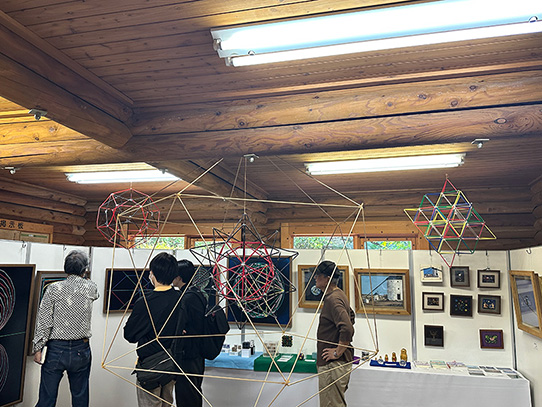
From the early Showa period to after World War II, many art-related artists moved into the area around the west exit of what is now Ikebukuro Station to pursue their creative endeavors. This community was known as the Ikebukuro Art School or Ikebukuro Montparnasse.
Ikebukuro Montparnasse Circulating Museum of Art carries on the spirit of Ikebukuro Montparnasse into the present day, holding community-wide exhibitions every year under the concept of "Everywhere in the city is an art museum. Ikebukuro-Heiwadori Shotengai has participated as the Exhibition at Ikebukuro no Mori since 2015, presenting the exhibition "The Power of Mathematics to Draw the Universe" by Masato Kanno. The exhibition regular polyhedra and magic squares created with the definition of fractal natural number 1 found in prime numbers and magic squares.
Butterflies and Dragonflies
Ikebukuro-Heiwadori Shotengai also works on an activity called “Let Butterflies and Dragonflies Fly.”

The first activity is to let swallowtail butterflies fly in the region where we live. We plant flowers and trees that swallowtail butterflies feed on in the gardens and entrances of houses, storefronts at the shops in the Shotengai, bare ground on streets, open spaces, preschools, kindergartens, elementary schools, and parks, then swallowtail butterflies are released. We collect eggs and caterpillars, and raise them. We have volunteers who like butterflies raise them along with the flowers and trees so that the butterflies can go back to where they were born. Maintaining and increasing the area of flowers that the butterflies feed on is the key to a continuous cycle. This is an activity where butterfly lovers help with their life cycle and support their growth.
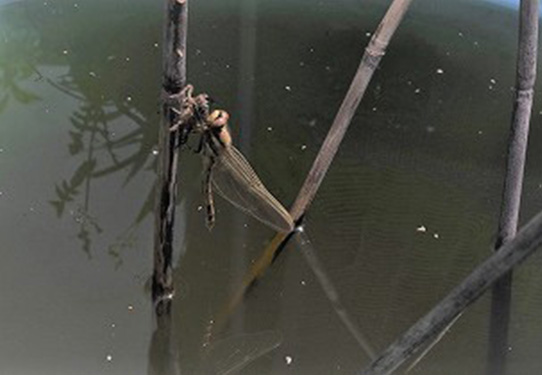
The second part of the activity is to let dragonflies fly in the region where we live. We ask the volunteers to place a pond for dragonfly larvae in gardens, balconies, and on rooftops of buildings. We are aiming to increase portable aquariums dedicated to dragonfly larvae. This is an activity to support the growth of dragonflies by rescuing larvae from the pools at elementary schools, have dragonfly-loving volunteers be foster parents, and have them go back to where they were born. We believe that entrusting our goals to familiar creatures in order to gradually change our environment and expand our activities leads to beautification of the environment with minimal stress.
